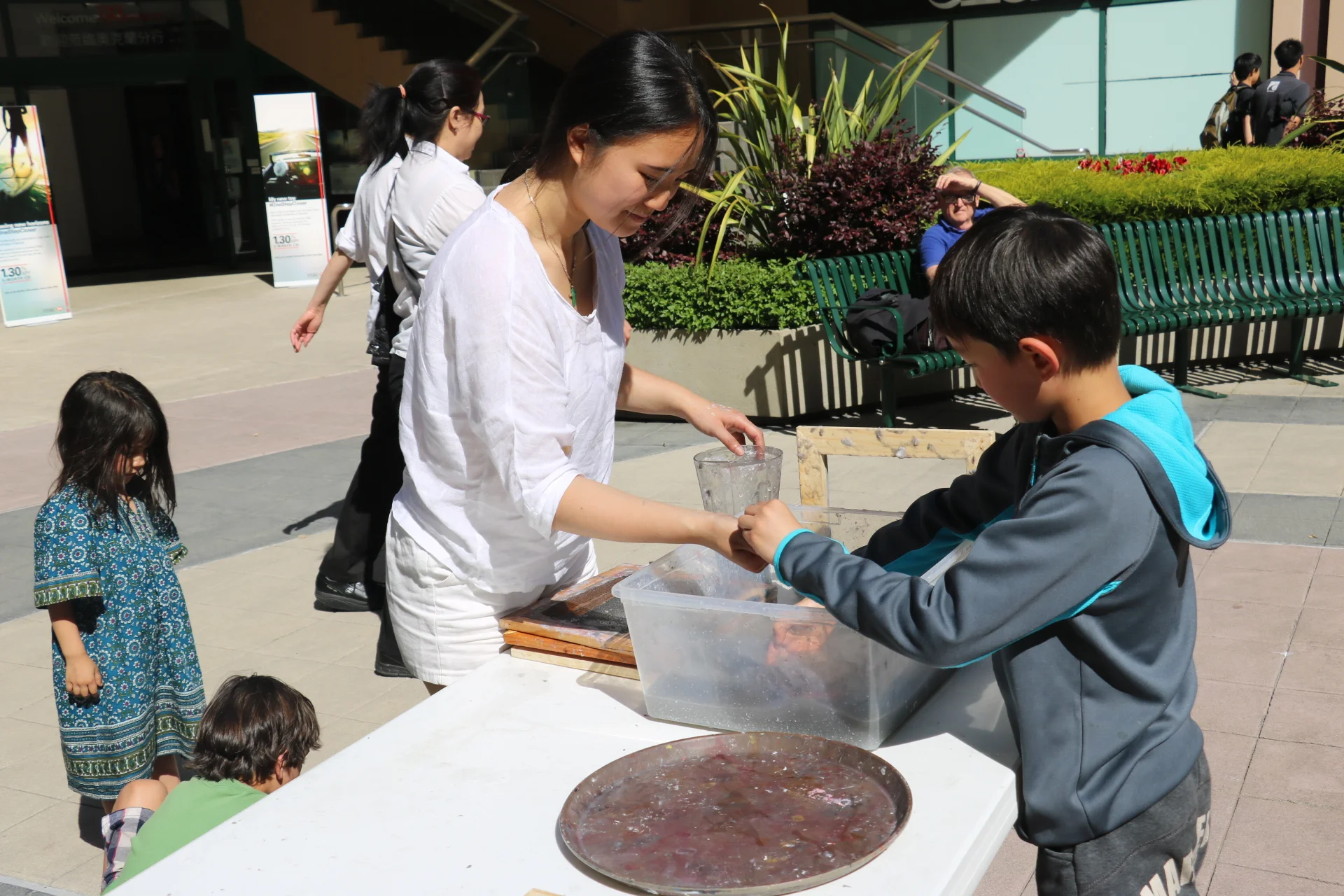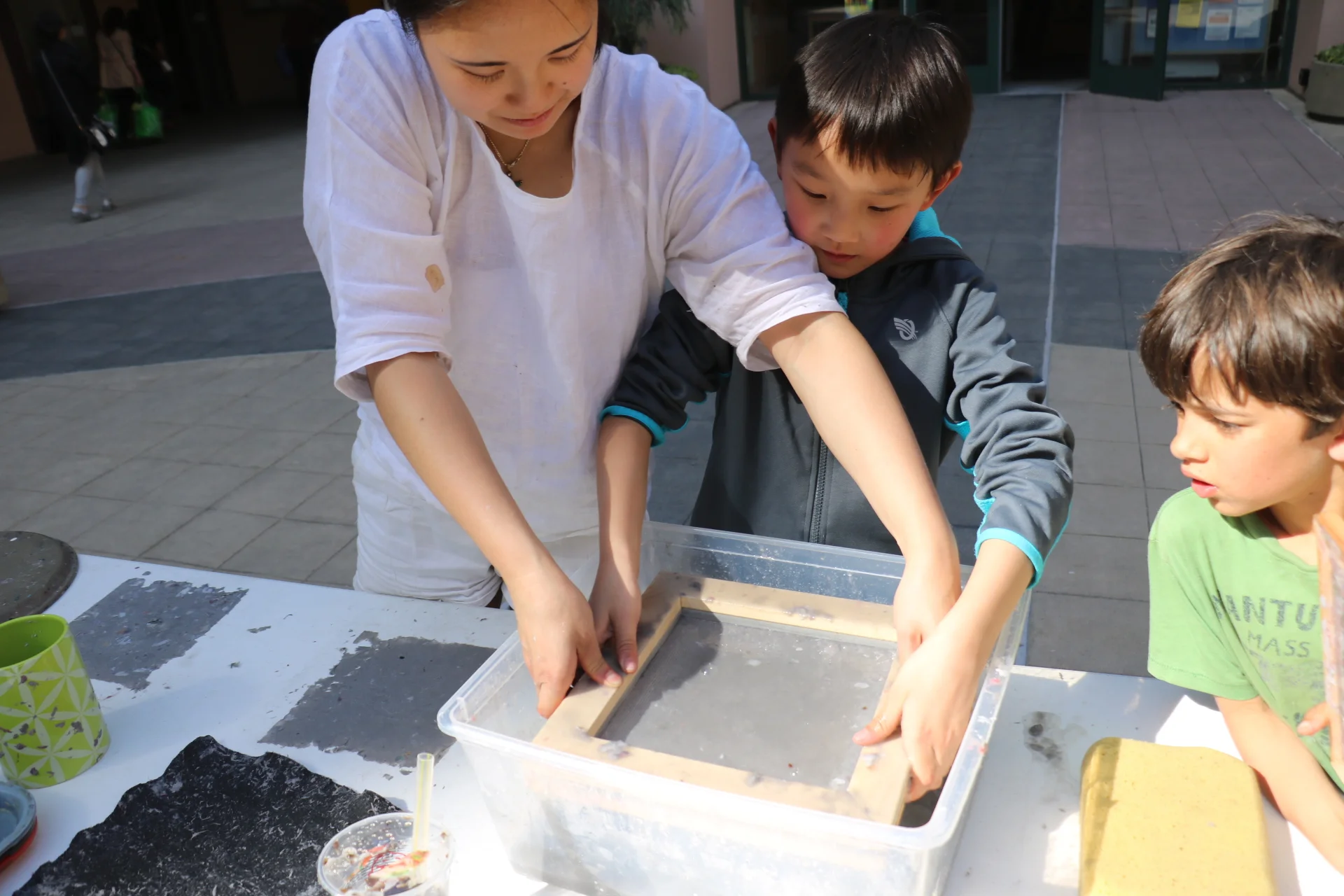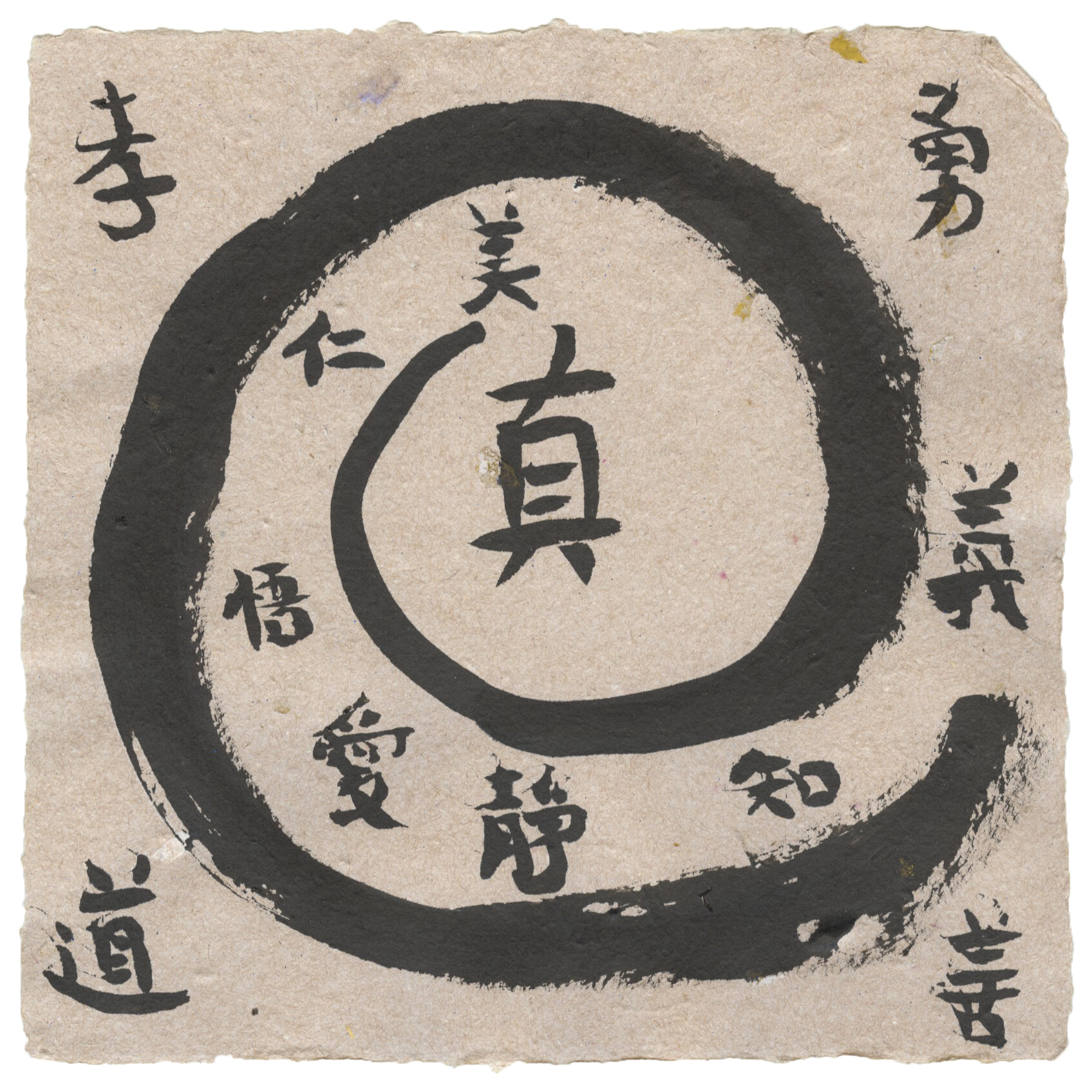Brushstrokes of Life
This month-long community building project was proposed in March of 2017 to the Center of Art and Public Life, and a recipient of the CAPL Micro grant. It is conducted in partnership with the Oakland Asian Cultural Center (OACC) who provided the venue.
167 years ago (seven generations ago), the Chinese were the first asians to arrive in Oakland and they settled in Shrimp camps that were located at 1st Street and Castro. Other Settlements were 14th Street between Washington and Clay (where the Golden State Warriors Corporate Office now reside). But the fears of the Yellow Peril and local exclusion laws forced the Chinese population to resettle to its current location. Ironically, the same exclusion was also what made Chinatown flourish. A local economy was built in these neighborhoods by their shared experience of racial exclusion gave them a reason to trust and hold onto each other even more. However, Chinatown also became a rather exclusive community where its local language and culture became a barrier. Through the years, the invisible walls has worn down as each generation becomes more integrated into the larger community of Oakland. However, we are reminded by the recent political climate that peace and inclusion is a verb, a constant action.
Paper holds memories as we do, from the biological growth of the tree, to the process of extraction, manufacturing, merchandising, consumed, and disposal. The history of Chinese Calligraphy is inseparable from the innovation and industrialization of paper-making. Before the paper-making process was modernized and industrialized, official documents were written on bones and bamboos, which were heavy and difficult to transport. Although silk was an option, it was far too expensive to be considered. In 105 A.D, the Chinese Court official Cai Lun modernized the technique of making paper and built the industry. The process involved pounding with barks of trees, remnant of hemp, rags of cloth and fishing net, and then collecting the fibers on a mat, which are then dried by the sun.
The process of paper making has long been corporatized, and paper as a medium of communication is increasingly being replaced by digital means. To pay homage to the history of development of communication, and to find a way to reuse the paper that has been disposed, a paper making demonstration was conducted outside OACC at the Pacific Renaissance Plaza in Oakland Chinatown.
And to put these paper into good use, they are then used for Chinese Calligraphy.
CALLIGRAPHY ON HANDMADE RECYCLED PAPER














































































































